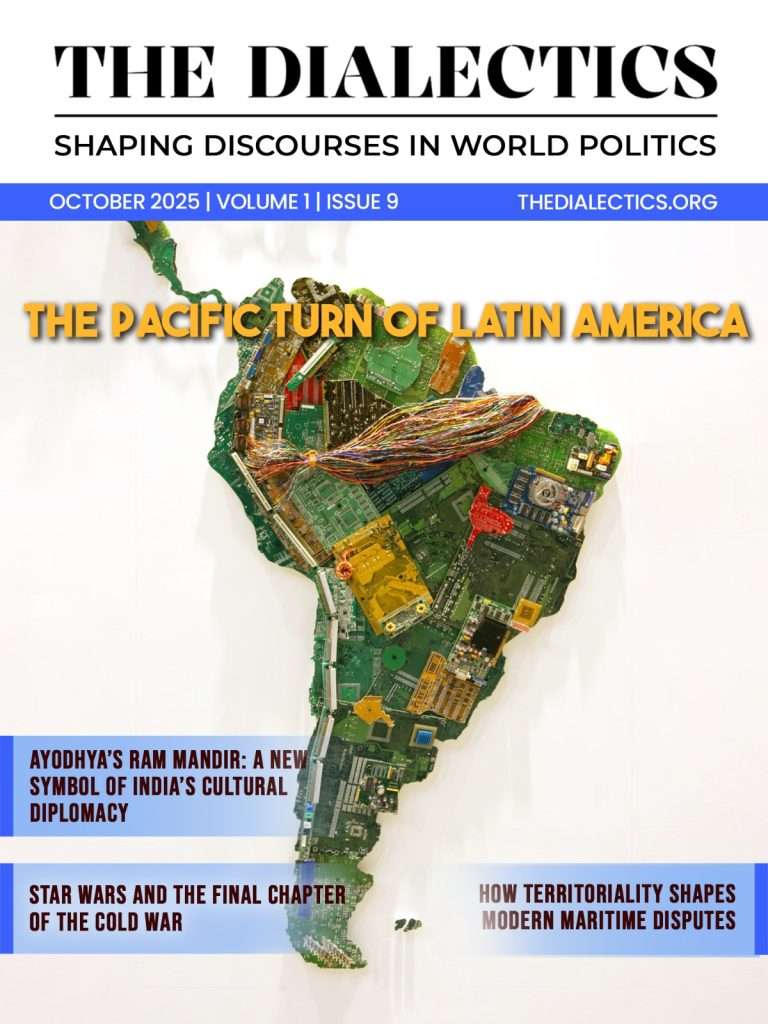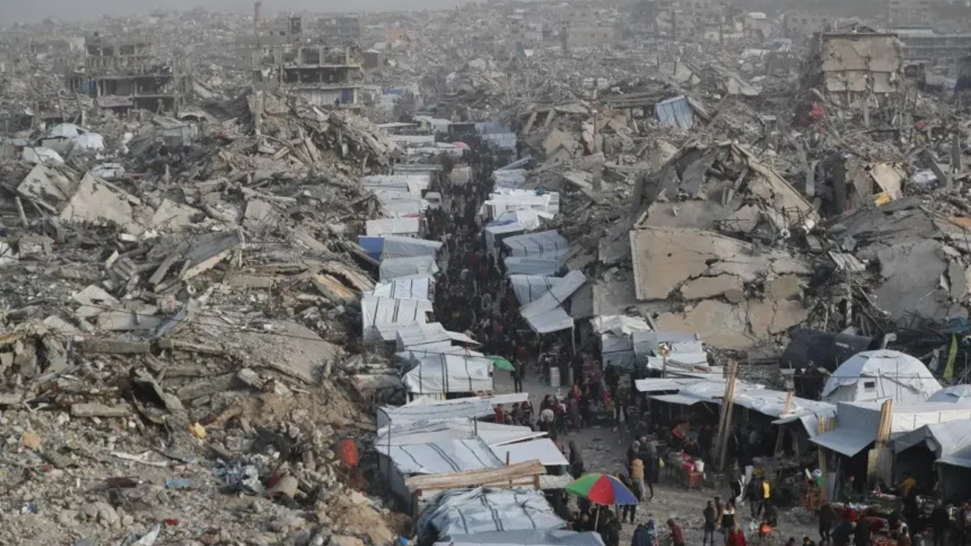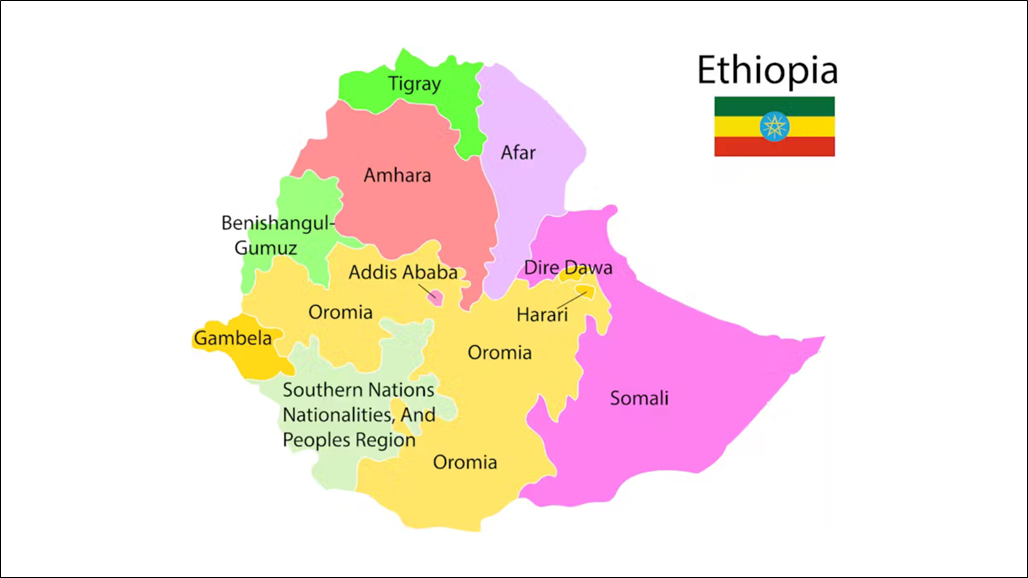Conventionally the literature on world order has been obsessed with the study of how power of states dictates the interaction among states, as it results in a world order. The importance of world order entails some level of regularity, predictability and stability in the ways states interact with each other. The debates and discussions on world order have focused on the conception of polarity which is a material quantification of the power of states. Polarity is one of the most important variables which causes changes in the international structure. The prominence of polarity can be seen in classical realism, neo-realism/structural realism and offensive-realism. The shortcomings of these theories is that it is more reliant on hard capabilities of the states, especially great powers and its survival is dependent on ability to wage and survive a war. There is absence of central authority and collective security. The international structure in which states interact is anarchic in nature. Since, the states operate in a highly competitive environment there is a presence of security dilemma and absence of collective action. In this regard, classical realism and offensive realism have similar concerns. On the other hand, neo-realism has emphasised upon the maintenance of international order through a bipolar world order. However, unlike the school of realist thought which has considered anarchy to be a pre-existing condition in the international structure, the constructivist school held the view that the international structure is formed due to the continuous interaction between identifies and interests of the states. The anarchic international structure and security dilemma does not grow out of vacuum but rather it is shaped by the pattern of interaction among the states. In short, ideas, interests and interaction of and among states is as essential as quantification of hard and soft power capabilities of states. The past world order and the current one as well is also a result of interaction among states rather than just a by-product of polarity of the international structure.
When we look into the early 1990s, the collapse of the Soviet Union led to the end of the bipolar world order. It marked the beginning of unipolar world order. Charles Krauthammer in his noted work “The Unipolar Moment”, coined the term “the Unipolar moment” where he had argued that unipolarity has the potential to at least last for a generation. In addition, William Wohlforth in “The Stability of a Unipolar World” also proposed that the unipolar world led by the U.S. is prone to peace and the most durable world order. These noted works were based on the notion that since the unipolar world order predicts peace and durability, hence it makes the outbreak of war less likely. However, one of the major flaws of the utopian perspective of unipolar world order is that it was viewed from the perception of polarity and the concentration of hard-power capabilities in the favour of the hegemon. It ignored the probable rise of the rest. As for the advocates of the unipolar world order, a change in world order, especially to a multipolar world order will lead to chaos, disorder and war.
The ‘unipolar world order’ started to show signs of weakness with the global economic crisis of 2008 and followed by the rise of China. This marked a shift from the Euro-Atlantic core to rising great and regional powers. This rise of new powers is seen as a way to address the one-sided distribution of power in the international system. For instance, Christopher Layne in his article “The Unipolar Illusion: Why New Great Powers will Rise”, had given a critical insight on how the unipolar order contains the seeds of its own demise and the emergence of new powers challenges the relative power of the hegemon. Layne has supported his hypothesis on the basis of historical examples of France in 1600 and Britain in 1860. Due to the limited scope of the article and paucity of space, the details of such historical events are not covered.
The current world order is often described as multipolar world order or multiplex world order. Both the terminologies carry different meanings. The multipolar world order is analysed from the perspective of polarity because of the existence of power hierarchies among great power, middle power, regional power and small powers. Multilateral institutions which operate both at global and regional levels play an essential role in facilitating the interaction among the states. Although the states in multipolar world order operate in power hierarchy, their hierarchical position is determined not only by hard power capabilities but also by the level of influence they exert in various regions and institutional platforms. However, multipolarity is primarily measured by the management of economic and military power.
On the other hand, the term “multiplex world order” was introduced by Amitav Acharya to explain the changing global dynamics. The multiplex world order is a combination of great powers, regional powers, non-state actors and their ideologies. In his article titled “Multipolar or Multiplex? Interaction Capacity, Global Cooperation and World Order”, he has used a dataset that has shown an increase in the stock of treaties over time which reflects a huge increase in global cooperation. The basic essence of multiplex world order is global integration of states and non-state actors across the globe. Over time, multilateralism has changed and now it is not solely Euro-Atlantic centric.
Another reason is that there has been an erosion of trust in the stability of the US’s interaction capacity and commitment to international cooperation agreements. There has been an increasing trend in the US’s withdrawal from the signed treaties and agreements which has led to degradation of trust among countries. This trend was started by the U.S. President Donald Trump in 2017 when Trump attempted to withdraw from the Paris Agreement. This was followed by his decision to withdraw from the trade agreement of the Trans-Pacific Partnership. Despite the withdrawal trends, there is increasing cooperation among states over multilateral institutions like the BRICS. Such multilateral institutions have acted as a platform to facilitate the inclusivity of states irrespective of their geographical size or their position in the power hierarchy of international structure. They have also acted as a way to address the interaction gap between states across regions. In addition, Amitav Acharya has also mentioned that there is not one single world order. Different geographical regions are operating in their regional order and there is an element of complex interdependence between global and regional orders. Therefore, we can decipher an amalgamation of realist, liberalist (emphasises on liberal institutions) and constructivist element in There is no doubt that we are living in a multiplex world order where the U.S. led liberal hegemonic order is waning away. This statement may invite debates from various sections. However, like every world order which is concerned with stability, peace and duration, does the multiplex world order have the same concern? All these three elements are subjective and are sensitive to changes according to global dynamics. For instance, the literature on bipolar and unipolar world order also addressed these three elements. However, the seeds of demise of world order are situated within which is born out of an action-reaction process. It will be utopian to conclude that with the coming of the multiplex world order, stability is going to endure. Every region has its own complex interaction, interdependence and issues which need to be addressed in a specific manner. The one-size-fits all does not work in the current world order. Therefore, although the multiplex world order is an all-encompassing order, it will be naïve to assume that this order is stable. In the international system irrespective of the world order in the past or present, stability has never been absolute.




